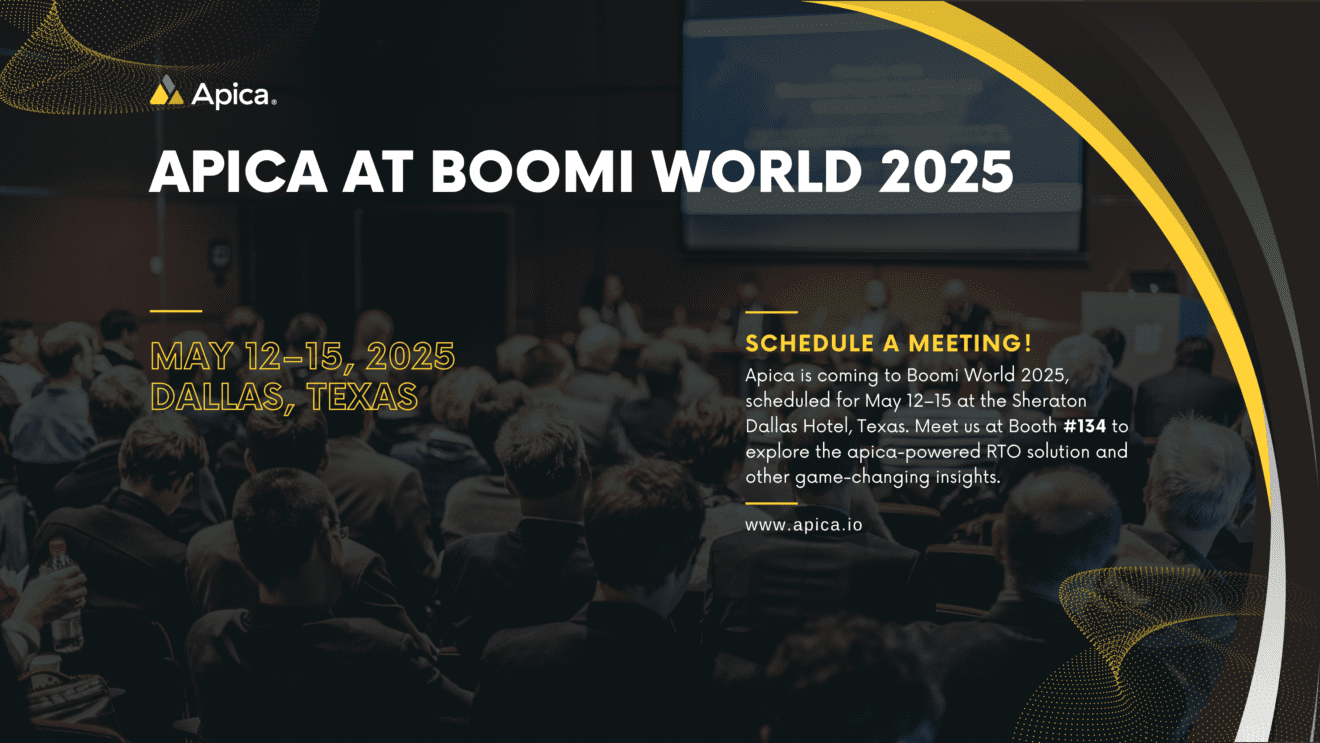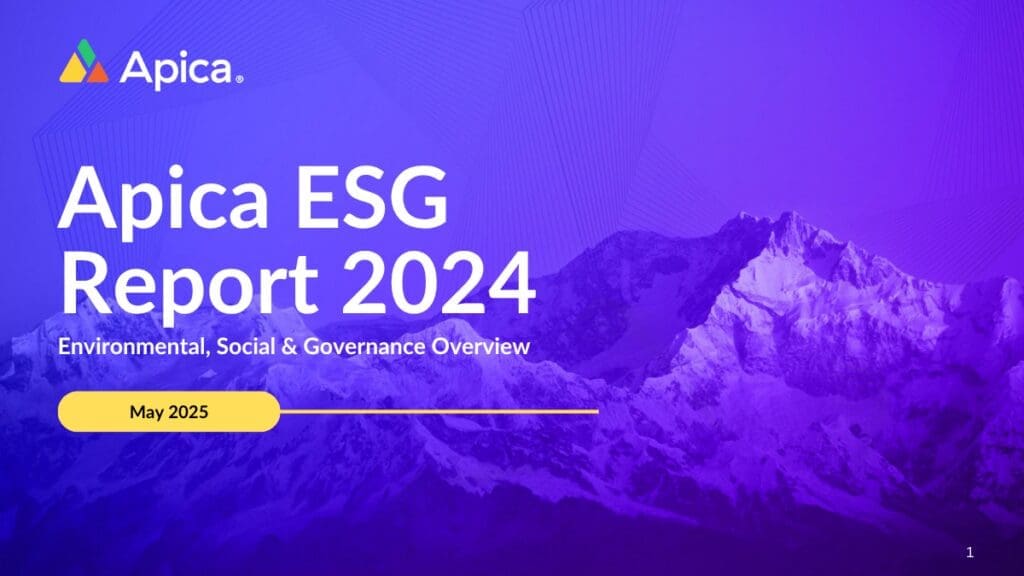2020 saw, for the first time in modern history, offices abandoned, shops closed, and workforces depleted as we battled against Covid-19 and everything that came with it.
In 2021, more and more businesses will opt to work from home. As such, employers and employees need to adapt to online video meetings and email communications to get the job done.
And it’s not only the people needing to adapt. Computing is developing into simple programming, which is remotely accessible and efficient in data management.
Containers have been developed to enable the consumer to run software between different computing environments without any hiccups along the way.
Let’s explore this in more detail. Shall we?
What is a Container?
A container packages your application and external software together into one organized app. Using version control, the app is then easy to duplicate and send out to all members of your team, enabling them to access it from the comfort of their homes.
Each container is isolated and packages its software, libraries, and configuration files, communicating through well-defined channels.
Best of all, containers do not use as many resources as the virtual machine, as they’re run using a single operating system kernel.
What is Docker? How Can It Transform Your Business?
The software Docker is an OS-Virtualization platform service that delivers additional software in containers. The lightweight Docker container enables developers to package and launch an app using inbuilt libraries.
This goes a long way to simplifying and accelerating workflow within the team because developers can pick each project’s specific deployment environments.
Your business is bound to benefit from Docker’s simple, time-saving integration programming system. It will give you more flexibility to accelerate your workflow while your team members are operating in different locations.
Whether you are in the office, working from home, or on vacation (emergencies only), you can access all your information at a click of a button.
With that in mind, here are five ways to monitor docker containers:
1. Monitoring Perspectives
To truly understand containerized environments’ performance health, one has to monitor both the host (Docker) and the containers.
One way to do this to install a monitoring agent, such as Apica, onto Docker. From there, you can use the Docker API to monitor each container. Alternatively, you can install Apica into each container. This works wonders if you and your team are after more granular detail for each container.
To install your monitoring agent into either your host or containers, you need to activate a data source and then install the agent.
2.Tracking Metrics
Tracking metrics is a vital part of your business plan. These provide the info you need to align your employees with your business processes better.
Metric tracking enables you to:
- Measure financial performance
- Uncover the truth about your overall performance
- Shape your business plan to help achieve its goals
- Highlight issues that may have been swept under the rug.
These insights will benefit your company by making it more efficient and productive. Tracking your container’s metrics is quickly done.
However, with containers that only live for a certain amount of time (often less than 24 hours), one must decide at what point to stop tracking metrics once the container has died.
Adding a time-to-live (TTL) to your monitoring environment will alleviate any troubleshooting caused by excessive tracking after the container has disappeared.
3. Dynamic Naming
Monitoring is run under several rules which are required to support wildcarding and dynamic scoping. Each launch of a container will result in a change in your metric name.
Therefore, the agents alerting policies must isolate the right metrics from the containers using tags and metric naming conventions. If this isn’t correct, the system won’t enable you to enforce standard alerts within a dynamic environment.
4. Behaviour Learning
When a container has a short shelf life, it can become tough to learn its behavior.
So what can you do?
Your monitoring system can apply the learned behaviors to new containers. This means that when you launch new containers, it does not need to learn the behaviors from scratch each time. Instead, it can build upon its predecessors.
5. Resource Contention
Containerization can cause issues when resources are not partitioned correctly. Most commonly, this can trigger performance and contention problems. While the resources from Docker are limited, they are continuously shared within a dynamic environment.
Therefore, your monitoring solution, aka Apica, needs to measure each Docker container’s resource utilization, including:
- CPU
- Memory
- Disk I/O
- Network
- Disk space
Each section must be analyzed separately and included in reports, making it much simpler to identify each container. It is handy when trying to determine which container is causing a problem.
It is convenient in the following situation: Suppose your application is running slow. In that case, you just need to find the container causing the issue and isolate it from the rest of the host.
Are You Ready to Start Docker Performance Monitoring?
We hope, having read this blog post, you now know more about docker performance monitoring.
At Apica, we aspire to offer the best service in monitoring container performance. ‘Apica will aid you in harnessing the power in your business’s machine data analytics within your applications and infrastructure.’
Powered by Prometheus, Apica will unify your data into a single platform by combining logs, metrics, databases, and APIs.
For more information on the topic, please feel free to reach out and contact us. Speak soon!











